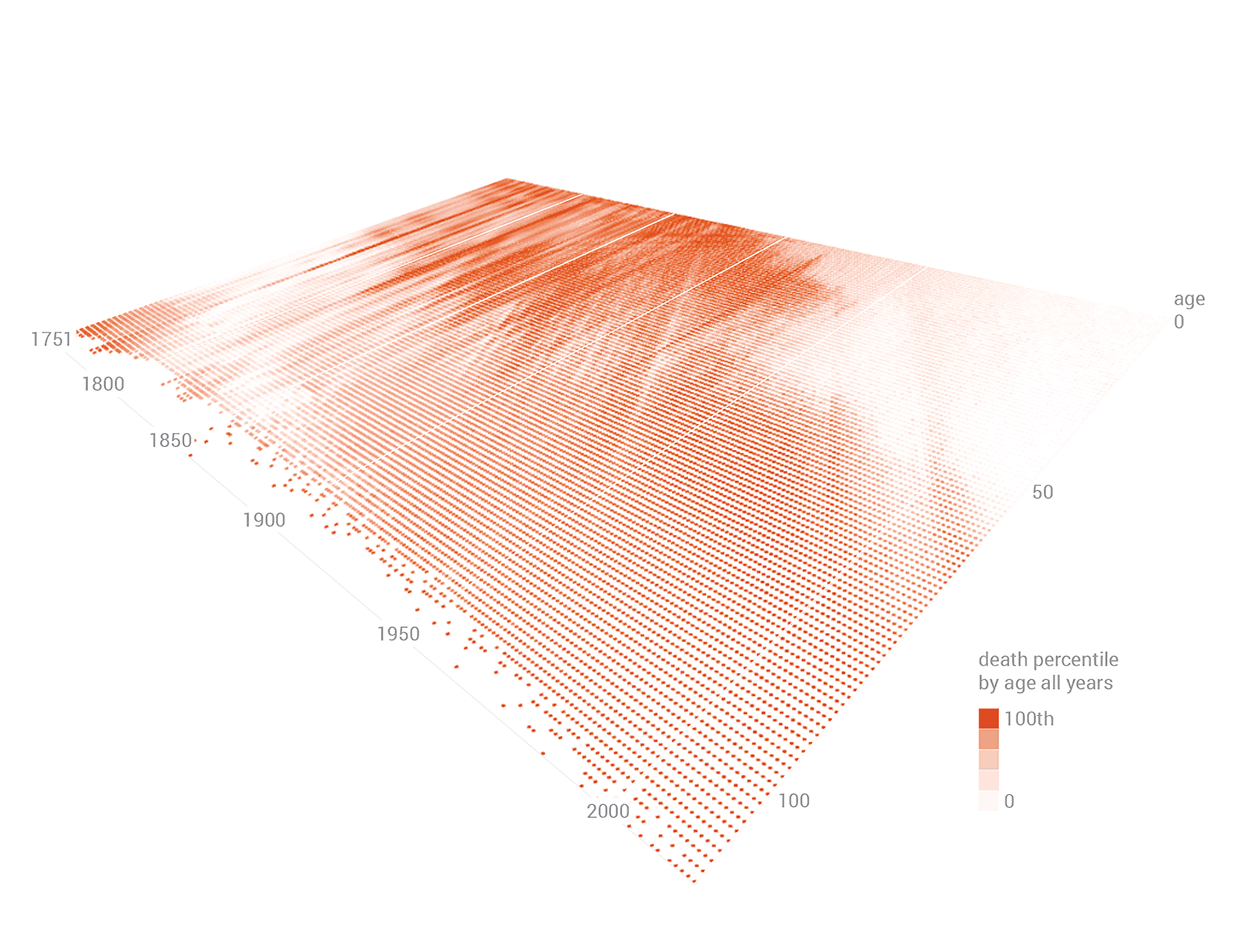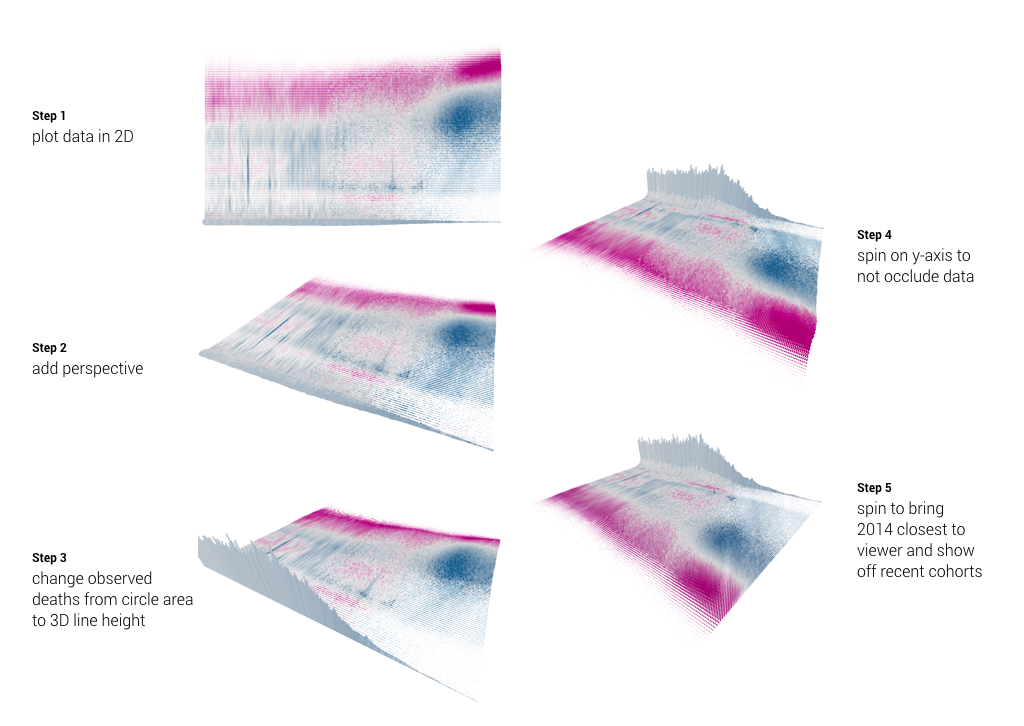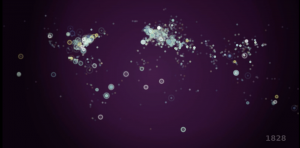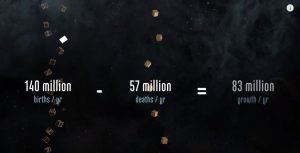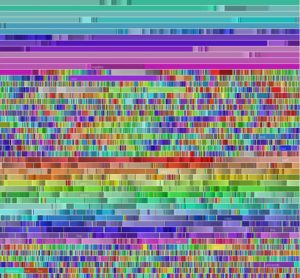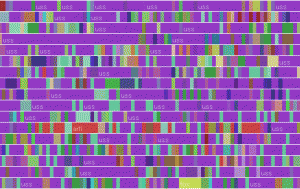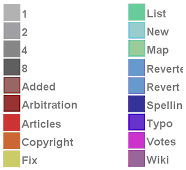Back in 2016, design firm CLEVER°FRANKE and fashion brand Byborre collaborated with Red Bull on their “RedBull Playrooms” event in order to track and visualize various datapoints in a club setting. Wearing bracelets designed by Byborre that monitored clubgoers’ movement, temperature, and excitement, visualizations of that data were generated using Processing and the Adobe Creative Suite in order to create both live animations that were projected on screens throughout the night, as well as a personalized printed “Flight of the Night,” which showed how a particular clubgoer spent their night – which rooms they frequented, which songs got them the most excited, and so on.
What I found interesting about this project was that clubgoers were receiving feedback as to how the night was going in real time, which is both interesting for the partygoer, and helpful in understanding what about an event is the most engaging and effective, allowing for better planning and overall better experiences. While it’s fun to see this in a recreational club setting, I’m curious to see what would come from applying the same technology and visualization practices to other settings, and if that data could be used to improve those spaces and experiences.
More work by CLEVER°FRANKE can be found on Behance or on their website.
![[OLD FALL 2017] 15-104 • Introduction to Computing for Creative Practice](../../../../wp-content/uploads/2020/08/stop-banner.png)
